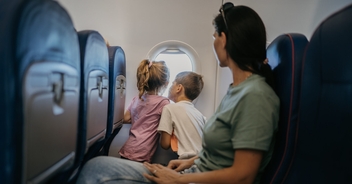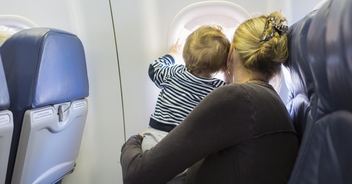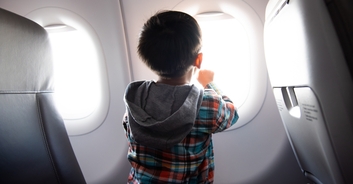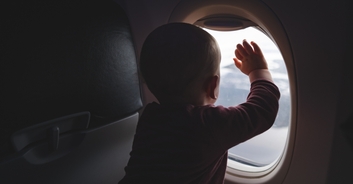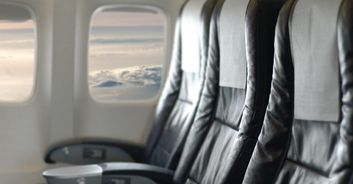A policy from Japan Airlines shows passengers the location of any children under two years old as they are making their booking. Though the move is nothing new, it has recently caused a disturbance in the Twittersphere, as customers argue about the pros and cons of the plan.
Several commentators on the platform have praised Japan Airlines for their apparent ingenuity. According to Metro, venture capitalist Rahat Ahmed wrote, “Thank you, @JAL-Official-jp for warnings me about where babies plan to scream and yell during a 13 hour trip. This really ought to be mandatory across the board [sic.],” while airline specialist The Points Guy described it as, “Answered prayers.”
Despite the policy’s rapturous reception, some have been quick to point out that Japan Airlines are far from alone in offering the service. In fact, All Nippon Airways confirmed to Metro that their seat maps have demonstrated the feature “for a while.”
Watch As Police Use Stun Gun On Unruly American Airlines Passenger:However, not everyone was on board with the idea. One Twitterer asked, ‘Nice. But how long before we get upcharged for seats away from said babies?’ Another added, ‘Japan Airlines seat map helps avoid screaming babies. Why not just have noise cancelling headphones?!”
Others wondered whether the policy could be expanded to include other, arguably more irritating passengers. “Will airlines also have maps for obnoxious passengers that drink too much, remove their shoes, hog the armrest or recline in my lap?” asked one Twitterer, while another suggested, “Can we use the same software to avoid people who eat noisily instead?”

